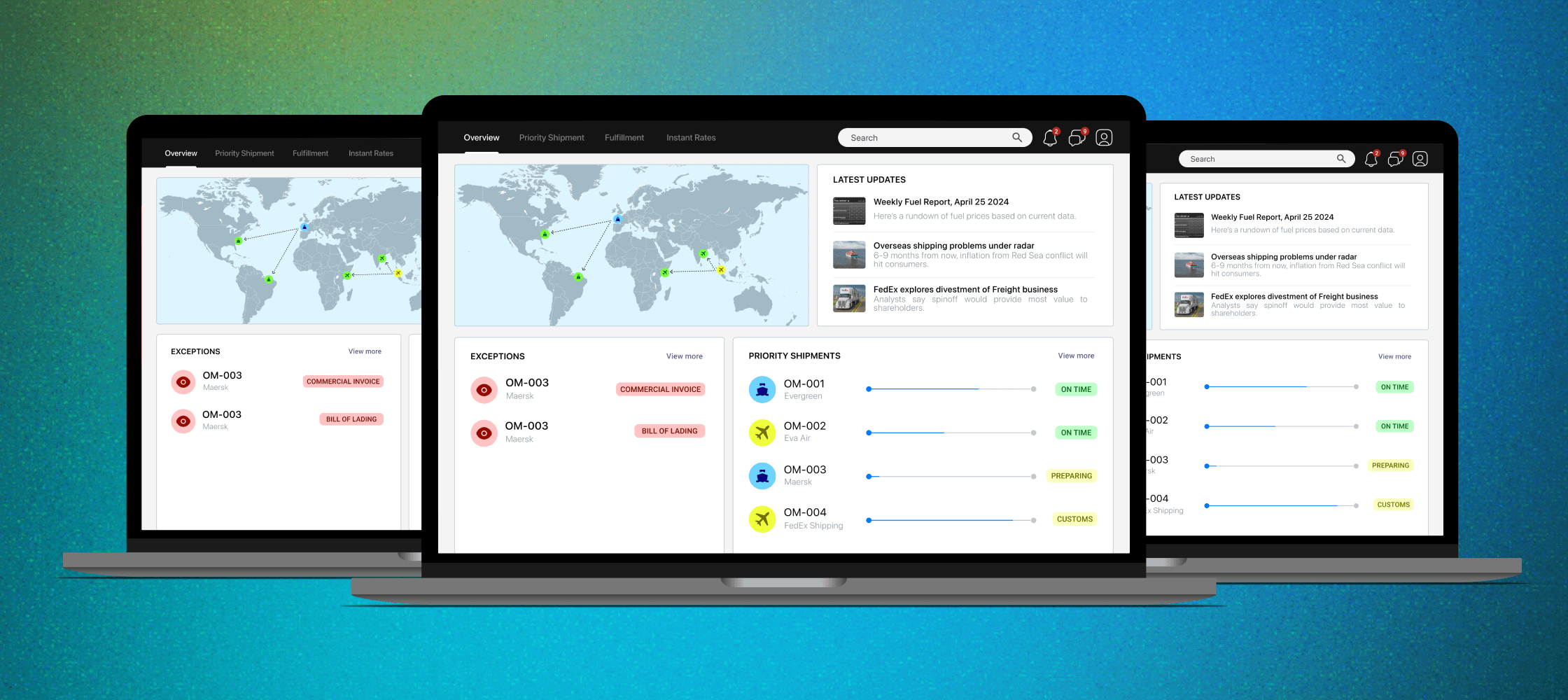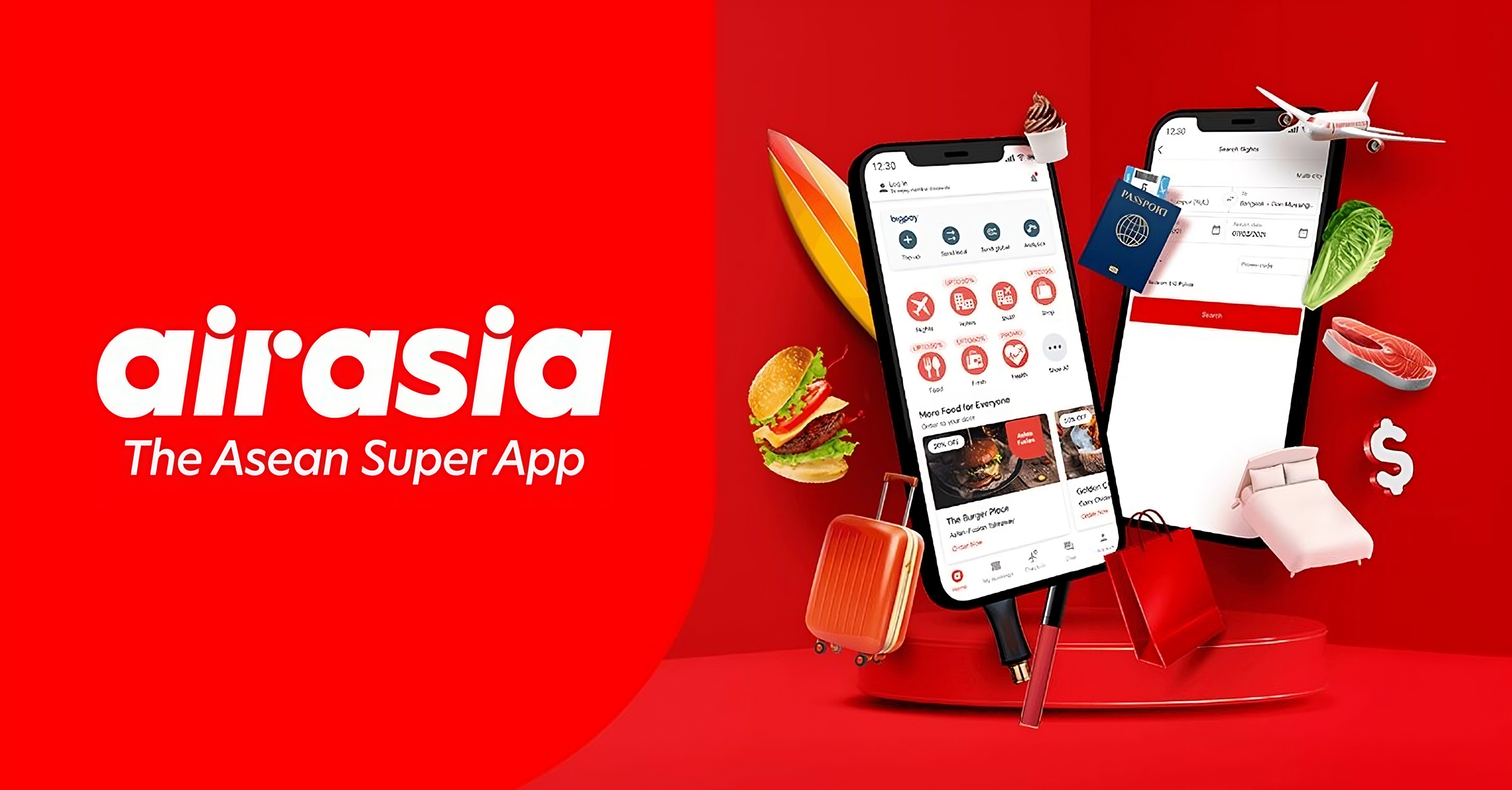Optym
Optym
Optym is a B2B platform that centralizes gate and resource management, helping U.S. airports and airlines make faster, smarter decisions with real-time optimization.
Optym is a B2B platform that centralizes gate and resource management, helping U.S. airports and airlines make faster, smarter decisions with real-time optimization.
Optym is a B2B platform that centralizes gate and resource management, helping U.S. airports and airlines make faster, smarter decisions with real-time optimization.
Optym is a B2B platform that centralizes gate and resource management, helping U.S. airports and airlines make faster, smarter decisions with real-time optimization.



Problem
Problem
Airports and airlines face frequent gate shortages and inefficient turnaround processes, leading to delays, cancellations, and misallocated resources. Nearly 80% of flights are delayed during turnaround, costing the industry over US$26.6 billion annually.
Airports and airlines face frequent gate shortages and inefficient turnaround processes, leading to delays, cancellations, and misallocated resources. Nearly 80% of flights are delayed during turnaround, costing the industry over US$26.6 billion annually.
Airports and airlines face frequent gate shortages and inefficient turnaround processes, leading to delays, cancellations, and misallocated resources. Nearly 80% of flights are delayed during turnaround, costing the industry over US$26.6 billion annually.
Problem
Airports and airlines face frequent gate shortages and inefficient turnaround processes, leading to delays, cancellations, and misallocated resources. Nearly 80% of flights are delayed during turnaround, costing the industry over US$26.6 billion annually.
Goal
Goal
Improve gate efficiency, streamline staff allocation, and surface real-time issue alerts — all to reduce delays, cut costs, and enhance the passenger experience.
Improve gate efficiency, streamline staff allocation, and surface real-time issue alerts — all to reduce delays, cut costs, and enhance the passenger experience.
Improve gate efficiency, streamline staff allocation, and surface real-time issue alerts — all to reduce delays, cut costs, and enhance the passenger experience.
Goal
Improve gate efficiency, streamline staff allocation, and surface real-time issue alerts — all to reduce delays, cut costs, and enhance the passenger experience.
Market Research & Competitor Analysis
Market Research & Competitor Analysis
I began with a deep dive into the airport management landscape — mapping key players, analyzing their strengths and gaps, and tracking emerging tech trends. This helped surface unmet user needs and opportunities to build a more intuitive, efficient, and future-ready solution.
I began with a deep dive into the airport management landscape — mapping key players, analyzing their strengths and gaps, and tracking emerging tech trends. This helped surface unmet user needs and opportunities to build a more intuitive, efficient, and future-ready solution.
I began with a deep dive into the airport management landscape — mapping key players, analyzing their strengths and gaps, and tracking emerging tech trends. This helped surface unmet user needs and opportunities to build a more intuitive, efficient, and future-ready solution.
Market Research & Competitor Analysis
I began with a deep dive into the airport management landscape — mapping key players, analyzing their strengths and gaps, and tracking emerging tech trends. This helped surface unmet user needs and opportunities to build a more intuitive, efficient, and future-ready solution.



Requirements & User Interviews
Requirements & User Interviews
I aligned with stakeholders on the product’s long-term vision while conducting interviews with airport operations staff to uncover pain points in turnaround management. These conversations surfaced recurring issues — from coordination breakdowns to lack of real-time visibility — that shaped the foundation of the product strategy.
I aligned with stakeholders on the product’s long-term vision while conducting interviews with airport operations staff to uncover pain points in turnaround management. These conversations surfaced recurring issues — from coordination breakdowns to lack of real-time visibility — that shaped the foundation of the product strategy.
I aligned with stakeholders on the product’s long-term vision while conducting interviews with airport operations staff to uncover pain points in turnaround management. These conversations surfaced recurring issues — from coordination breakdowns to lack of real-time visibility — that shaped the foundation of the product strategy.
Requirements & User Interviews
I aligned with stakeholders on the product’s long-term vision while conducting interviews with airport operations staff to uncover pain points in turnaround management. These conversations surfaced recurring issues — from coordination breakdowns to lack of real-time visibility — that shaped the foundation of the product strategy.
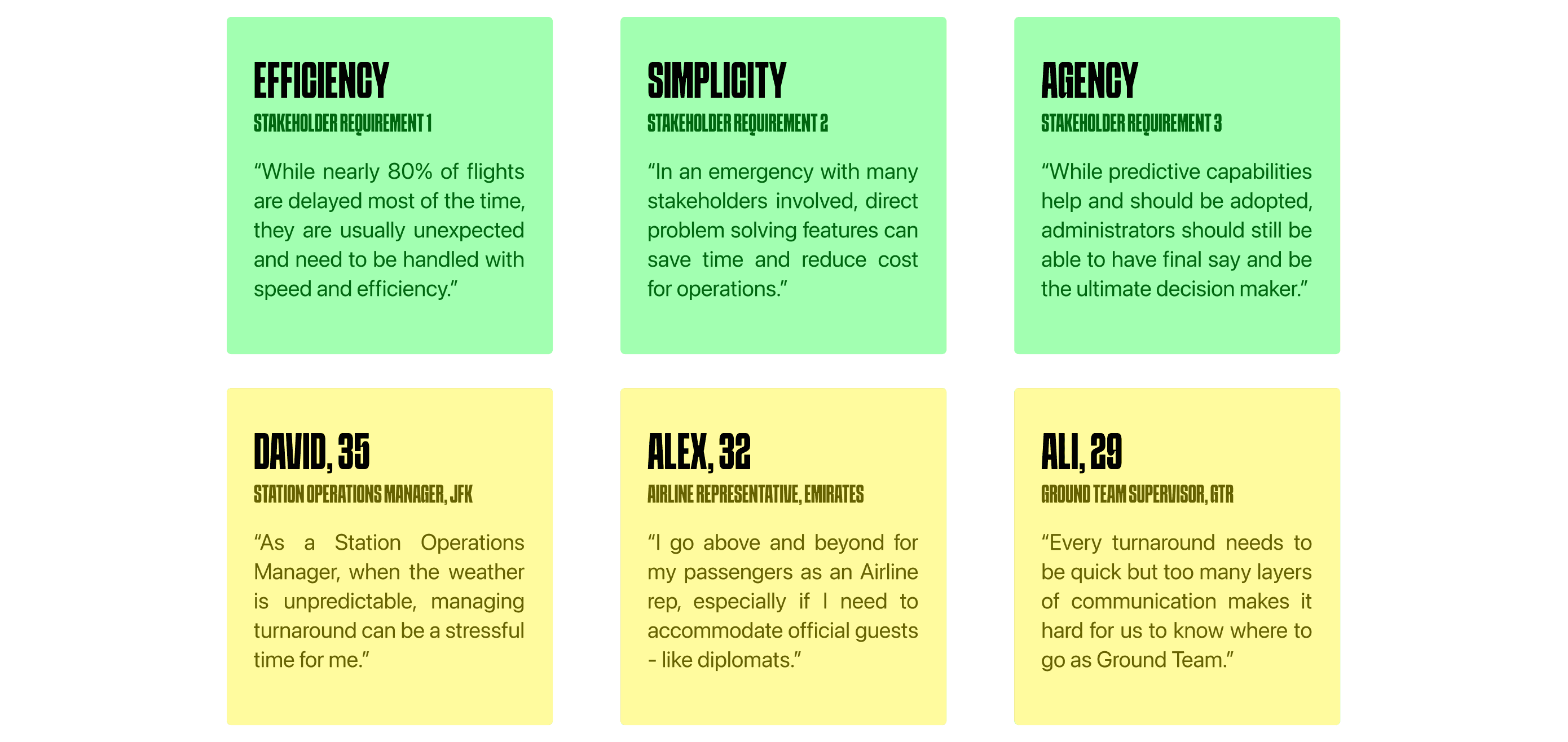


Mapping the Current Journey
Mapping the Current Journey
Using data from research and interviews, I created a journey map to capture how various teams experience the aircraft turnaround process. This exposed key time sinks and handoff delays that created costly bottlenecks — revealing where inefficiencies were compounding across phases and driving up operational costs.
Using data from research and interviews, I created a journey map to capture how various teams experience the aircraft turnaround process. This exposed key time sinks and handoff delays that created costly bottlenecks — revealing where inefficiencies were compounding across phases and driving up operational costs.
Using data from research and interviews, I created a journey map to capture how various teams experience the aircraft turnaround process. This exposed key time sinks and handoff delays that created costly bottlenecks — revealing where inefficiencies were compounding across phases and driving up operational costs.
Mapping the Current Journey
Using data from research and interviews, I created a journey map to capture how various teams experience the aircraft turnaround process. This exposed key time sinks and handoff delays that created costly bottlenecks — revealing where inefficiencies were compounding across phases and driving up operational costs.
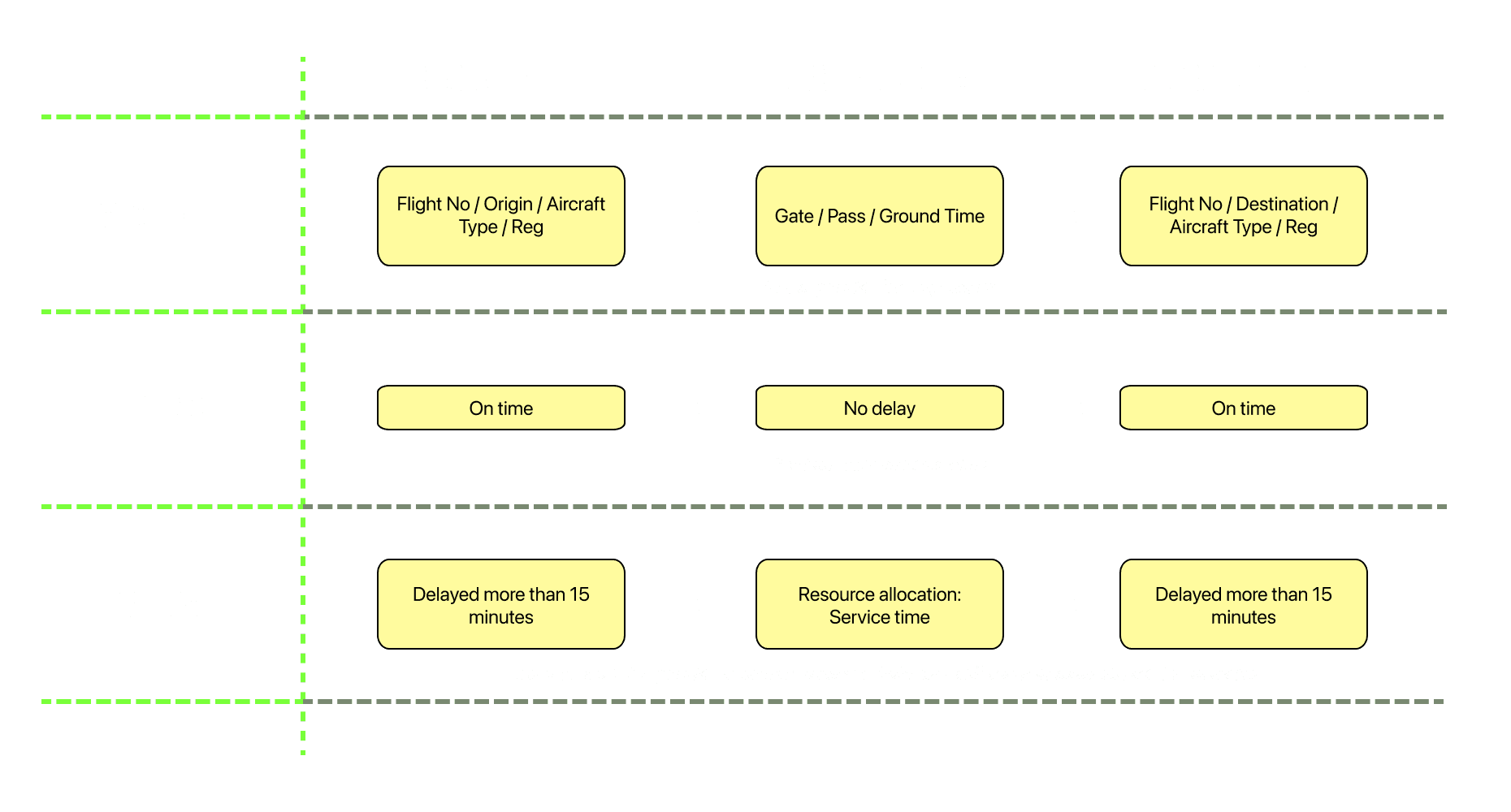


Brainstorming Solutions
Brainstorming Solutions
Patterns from research and interviews revealed consistent pain points in turnaround management — from fragmented communication to inefficient resource use. I used these insights to generate and refine solution ideas, focusing on centralizing operations and improving coordination. This helped define the core features the platform needed, clearly separating must-haves from nice-to-haves.
Patterns from research and interviews revealed consistent pain points in turnaround management — from fragmented communication to inefficient resource use. I used these insights to generate and refine solution ideas, focusing on centralizing operations and improving coordination. This helped define the core features the platform needed, clearly separating must-haves from nice-to-haves.
Patterns from research and interviews revealed consistent pain points in turnaround management — from fragmented communication to inefficient resource use. I used these insights to generate and refine solution ideas, focusing on centralizing operations and improving coordination. This helped define the core features the platform needed, clearly separating must-haves from nice-to-haves.
Brainstorming Solutions
Patterns from research and interviews revealed consistent pain points in turnaround management — from fragmented communication to inefficient resource use. I used these insights to generate and refine solution ideas, focusing on centralizing operations and improving coordination. This helped define the core features the platform needed, clearly separating must-haves from nice-to-haves.
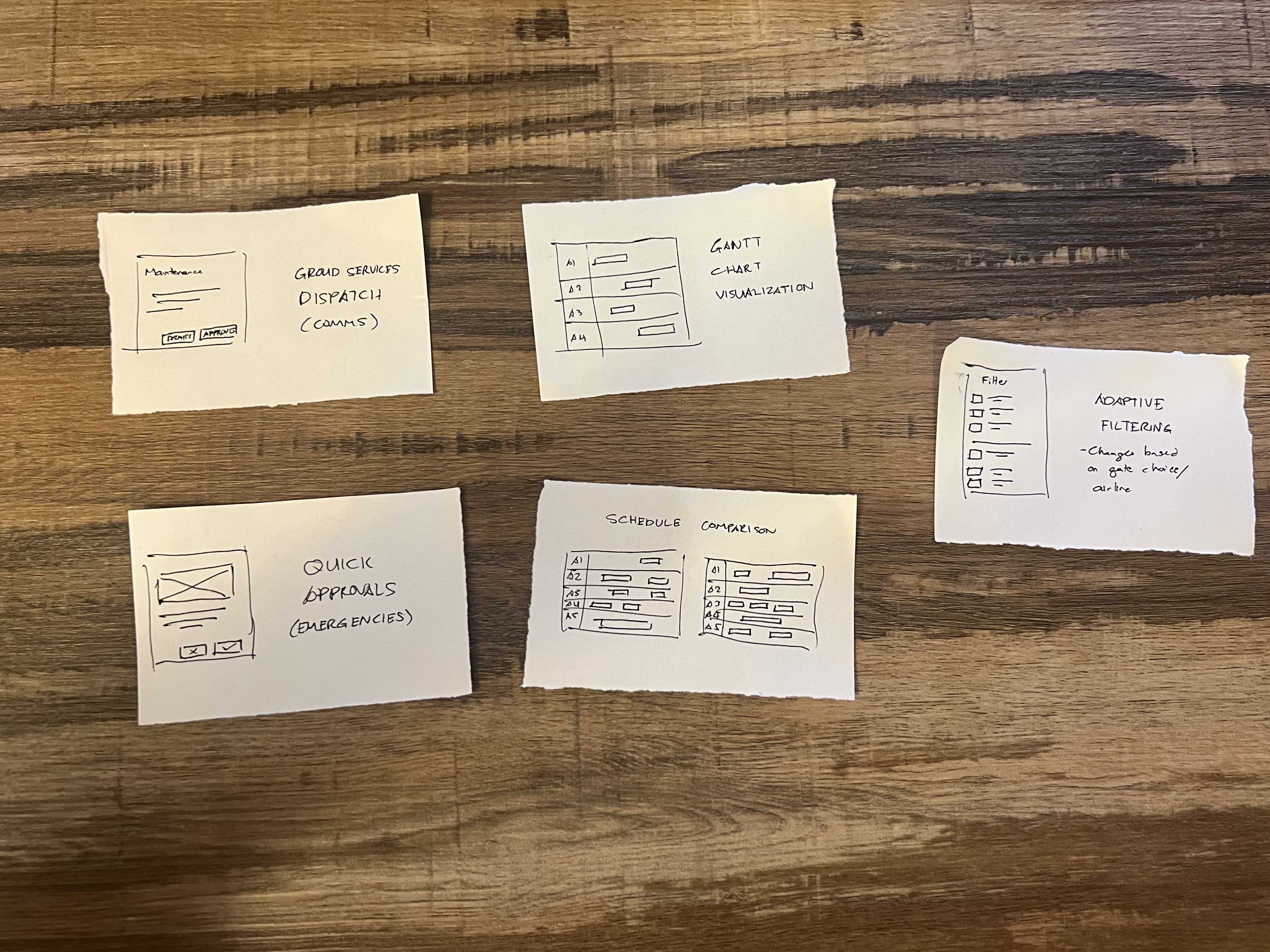


Sketch
Sketch
I began by sketching key features and components that addressed the core pain points surfaced through research. This hands-on exploration helped me experiment with data presentation and layout, guiding early decisions around structure, hierarchy, and usability.
I began by sketching key features and components that addressed the core pain points surfaced through research. This hands-on exploration helped me experiment with data presentation and layout, guiding early decisions around structure, hierarchy, and usability.
I began by sketching key features and components that addressed the core pain points surfaced through research. This hands-on exploration helped me experiment with data presentation and layout, guiding early decisions around structure, hierarchy, and usability.
Sketch
I began by sketching key features and components that addressed the core pain points surfaced through research. This hands-on exploration helped me experiment with data presentation and layout, guiding early decisions around structure, hierarchy, and usability.






Wireframing the Experience
Wireframing the Experience
After outlining key ideas on paper, I translated them into low-fidelity wireframes in Figma to explore structure, flow, and functionality. This stage allowed me to quickly test layout options, refine interactions, and validate usability — all before committing to high-fidelity design work.
After outlining key ideas on paper, I translated them into low-fidelity wireframes in Figma to explore structure, flow, and functionality. This stage allowed me to quickly test layout options, refine interactions, and validate usability — all before committing to high-fidelity design work.
After outlining key ideas on paper, I translated them into low-fidelity wireframes in Figma to explore structure, flow, and functionality. This stage allowed me to quickly test layout options, refine interactions, and validate usability — all before committing to high-fidelity design work.
Wireframing the Experience
After outlining key ideas on paper, I translated them into low-fidelity wireframes in Figma to explore structure, flow, and functionality. This stage allowed me to quickly test layout options, refine interactions, and validate usability — all before committing to high-fidelity design work.



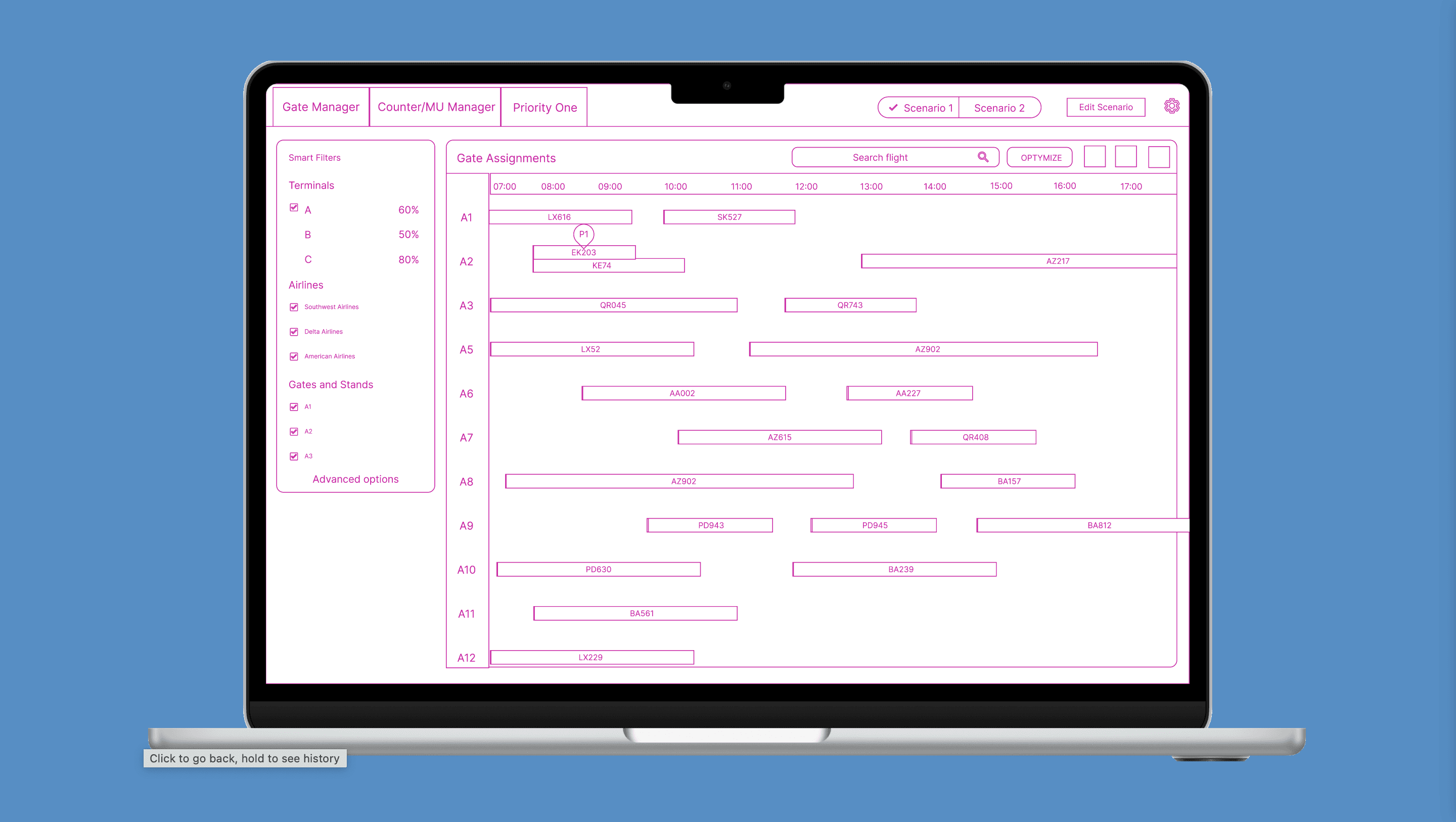


OUTCOME: DISRUPTION MANAGEMENT
OUTCOME: DISRUPTION MANAGEMENT
For Station Operations Managers like David, handling last-minute disruptions — especially due to weather — is a daily challenge. Without real-time visibility or centralized communication, quick decision-making becomes nearly impossible. Optym equips him with the tools to rapidly adjust gate assignments and respond to delays on the fly, making disruption management faster, clearer, and far more efficient.
For Station Operations Managers like David, handling last-minute disruptions — especially due to weather — is a daily challenge. Without real-time visibility or centralized communication, quick decision-making becomes nearly impossible. Optym equips him with the tools to rapidly adjust gate assignments and respond to delays on the fly, making disruption management faster, clearer, and far more efficient.
For Station Operations Managers like David, handling last-minute disruptions — especially due to weather — is a daily challenge. Without real-time visibility or centralized communication, quick decision-making becomes nearly impossible. Optym equips him with the tools to rapidly adjust gate assignments and respond to delays on the fly, making disruption management faster, clearer, and far more efficient.
OUTCOME: DISRUPTION MANAGEMENT
For Station Operations Managers like David, handling last-minute disruptions — especially due to weather — is a daily challenge. Without real-time visibility or centralized communication, quick decision-making becomes nearly impossible. Optym equips him with the tools to rapidly adjust gate assignments and respond to delays on the fly, making disruption management faster, clearer, and far more efficient.
OUTCOME: REQUEST MANAGEMENT
OUTCOME: REQUEST MANAGEMENT
Airline reps like Alex are responsible for high-priority passengers — including diplomats attending events like the UN General Assembly or G20. Speed and discretion are critical. With Optym, Alex can submit special requests directly through the platform, enabling administrators to accommodate them quickly without disrupting gate assignments or operational flow. The result: smoother coordination, fewer delays, and VIP experiences delivered with confidence.
Airline reps like Alex are responsible for high-priority passengers — including diplomats attending events like the UN General Assembly or G20. Speed and discretion are critical. With Optym, Alex can submit special requests directly through the platform, enabling administrators to accommodate them quickly without disrupting gate assignments or operational flow. The result: smoother coordination, fewer delays, and VIP experiences delivered with confidence.
Airline reps like Alex are responsible for high-priority passengers — including diplomats attending events like the UN General Assembly or G20. Speed and discretion are critical. With Optym, Alex can submit special requests directly through the platform, enabling administrators to accommodate them quickly without disrupting gate assignments or operational flow. The result: smoother coordination, fewer delays, and VIP experiences delivered with confidence.
OUTCOME: REQUEST MANAGEMENT
Airline reps like Alex are responsible for high-priority passengers — including diplomats attending events like the UN General Assembly or G20. Speed and discretion are critical. With Optym, Alex can submit special requests directly through the platform, enabling administrators to accommodate them quickly without disrupting gate assignments or operational flow. The result: smoother coordination, fewer delays, and VIP experiences delivered with confidence.
OUTCOME: STREAMLINED GROUND SERVICES
OUTCOME: STREAMLINED GROUND SERVICES
Ground supervisors like Ali are under constant pressure to ensure aircraft are ready for departure on time — but delays often stem from fragmented communication and unclear task handoffs. With Optym, Ali gains real-time visibility into turnaround status and gate activity, allowing him to deploy teams precisely when and where they’re needed. The result: faster dispatch, fewer delays, and consistently efficient aircraft turnaround.
Ground supervisors like Ali are under constant pressure to ensure aircraft are ready for departure on time — but delays often stem from fragmented communication and unclear task handoffs. With Optym, Ali gains real-time visibility into turnaround status and gate activity, allowing him to deploy teams precisely when and where they’re needed. The result: faster dispatch, fewer delays, and consistently efficient aircraft turnaround.
Ground supervisors like Ali are under constant pressure to ensure aircraft are ready for departure on time — but delays often stem from fragmented communication and unclear task handoffs. With Optym, Ali gains real-time visibility into turnaround status and gate activity, allowing him to deploy teams precisely when and where they’re needed. The result: faster dispatch, fewer delays, and consistently efficient aircraft turnaround.
OUTCOME: STREAMLINED GROUND SERVICES
Ground supervisors like Ali are under constant pressure to ensure aircraft are ready for departure on time — but delays often stem from fragmented communication and unclear task handoffs. With Optym, Ali gains real-time visibility into turnaround status and gate activity, allowing him to deploy teams precisely when and where they’re needed. The result: faster dispatch, fewer delays, and consistently efficient aircraft turnaround.
KEY FINDINGS
KEY FINDINGS
83%

TIME ON TASK
Improved on-time flight arrivals and departures.
Improved on-time flight arrivals and departures.
10%

GATE OPS COST
Reduction in average cost incurred per gate operation.
Reduction in average cost incurred per gate operation.
91%

SATISFACTION RATE
Significant increase in the Passenger Satisfaction Index.
Significant increase in the Passenger Satisfaction Index.
83%

TIME ON TASK
Improved on-time flight arrivals and departures.
10%

GATE OPS COST
Reduction in average cost incurred per gate operation.
91%

SATISFACTION RATE
Significant increase in the Passenger Satisfaction Index.
83%

TIME ON TASK
Improved on-time flight arrivals and departures.
10%

GATE OPS COST
Reduction in average cost incurred per gate operation.
91%

SATISFACTION RATE
Significant increase in the Passenger Satisfaction Index.
More Work More Work
More Work More Work
©2024 ALL RIGHTS RESERVED.
GO BACK TO TOP
©2024 ALL RIGHTS RESERVED.
GO BACK TO TOP
